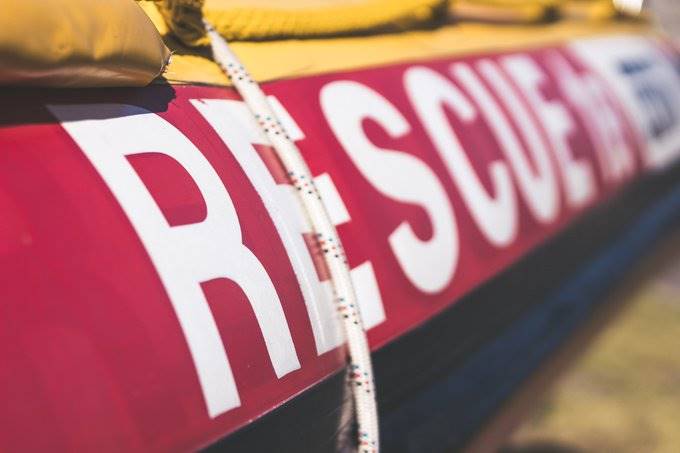
- The NSRI is offering a dedicated swimming monitor tag to make it clear who is watching children.
- The person who is on duty with this tag should then do nothing other than watch the swimmers for half an hour, and then hand over to somebody else.
- The NSRI warns that a drowning happens quickly and silently, and the swimming monitor should do nothing else for that half an hour, not even check their cellphone.
The National Sea Rescue Institute (NSRI) is offering a dedicated swimming monitor tag that people can print out and attach to a lanyard to wear to make it clear who is watching children as they play in and around water.
The NSRI warns, after many drownings across the country, that children playing in or near water should always be supervised by a responsible adult.
The tag should be worn by the person supervising children to make it clear who is supervising them. That person should also have a cellphone with a fully charged battery to call 112 if there is an emergency.
The person wearing the tag should concentrate on nothing but supervising the children. That means no checking phones during that period, and only watching the children. They should hand over to another responsible adult after half an hour.
"Drowning is quick and silent. It’s not like you see in the movies," the NSRI said.
"No yelling, no waving. Just a silent gasping for air and 20 to 60 seconds later, submersion. Someone has drowned, perhaps in plain sight," the NSRI said.
"When people are drowning, all of their energy is going into trying to breathe and staying above water," said Andrew Ingram, Head of Drowning Prevention for the NSRI. "They are not yelling for help or waving their hands around."
The NSRI said most drownings of children under five years of age are at, or near, their home. Special attention should also be paid to washing basins, baths, dams, rivers, and swimming pools.
Small children should not be able to get close to these dangers alone without responsible adult supervision, and older children should also be reminded of the dangers that they face near water.
The person supervising should also know who to call for help and how to do bystander CPR.
- Compiled by Jenni Evans

